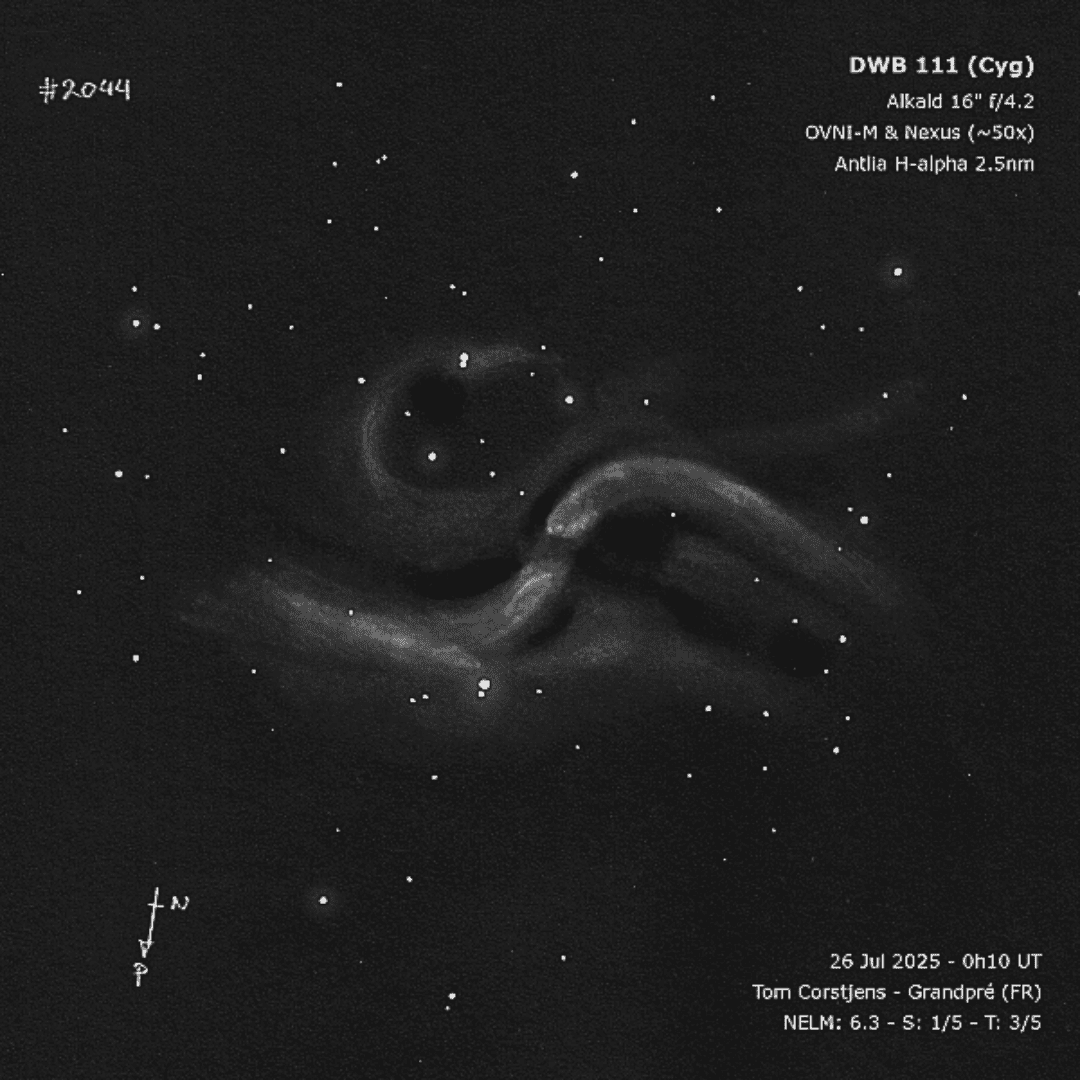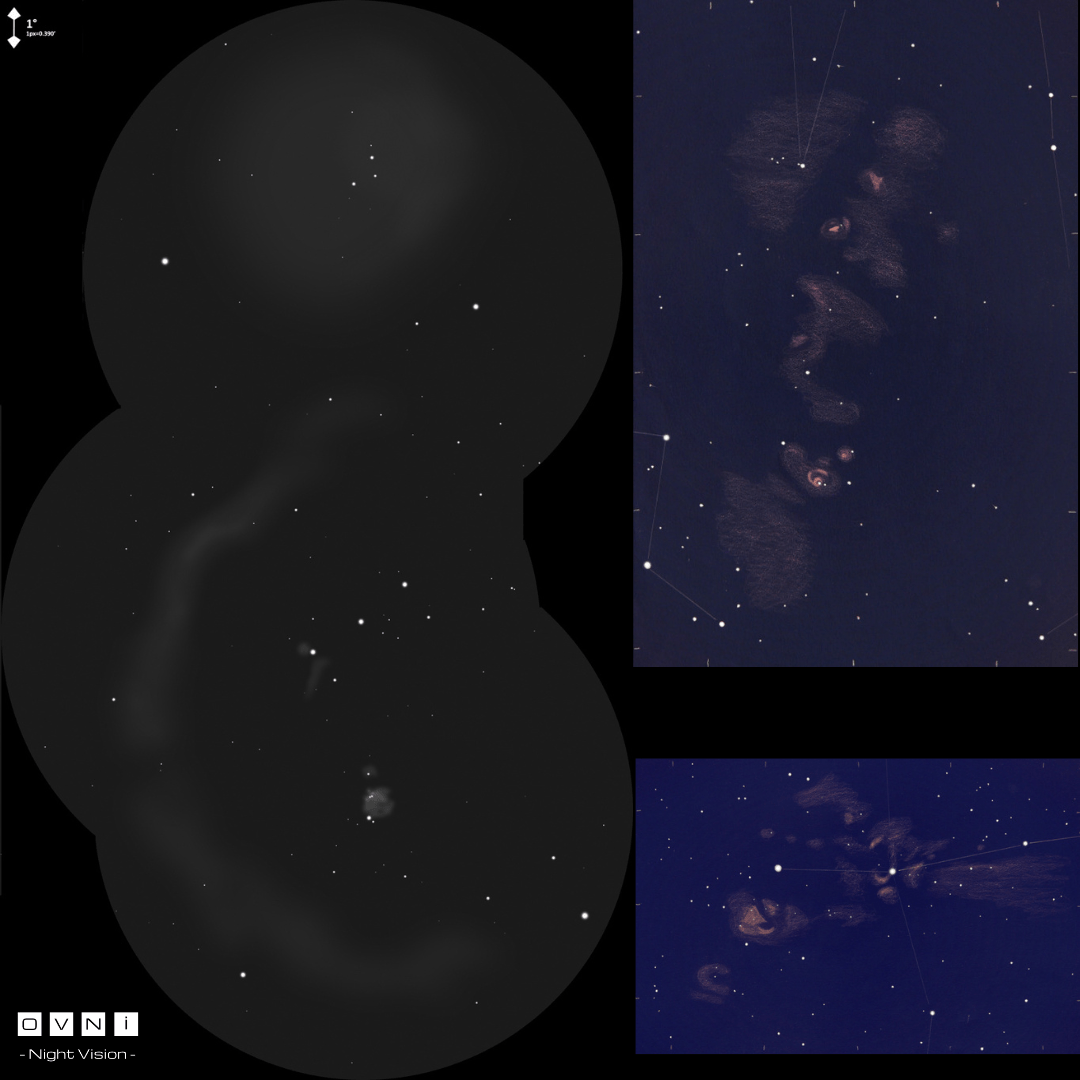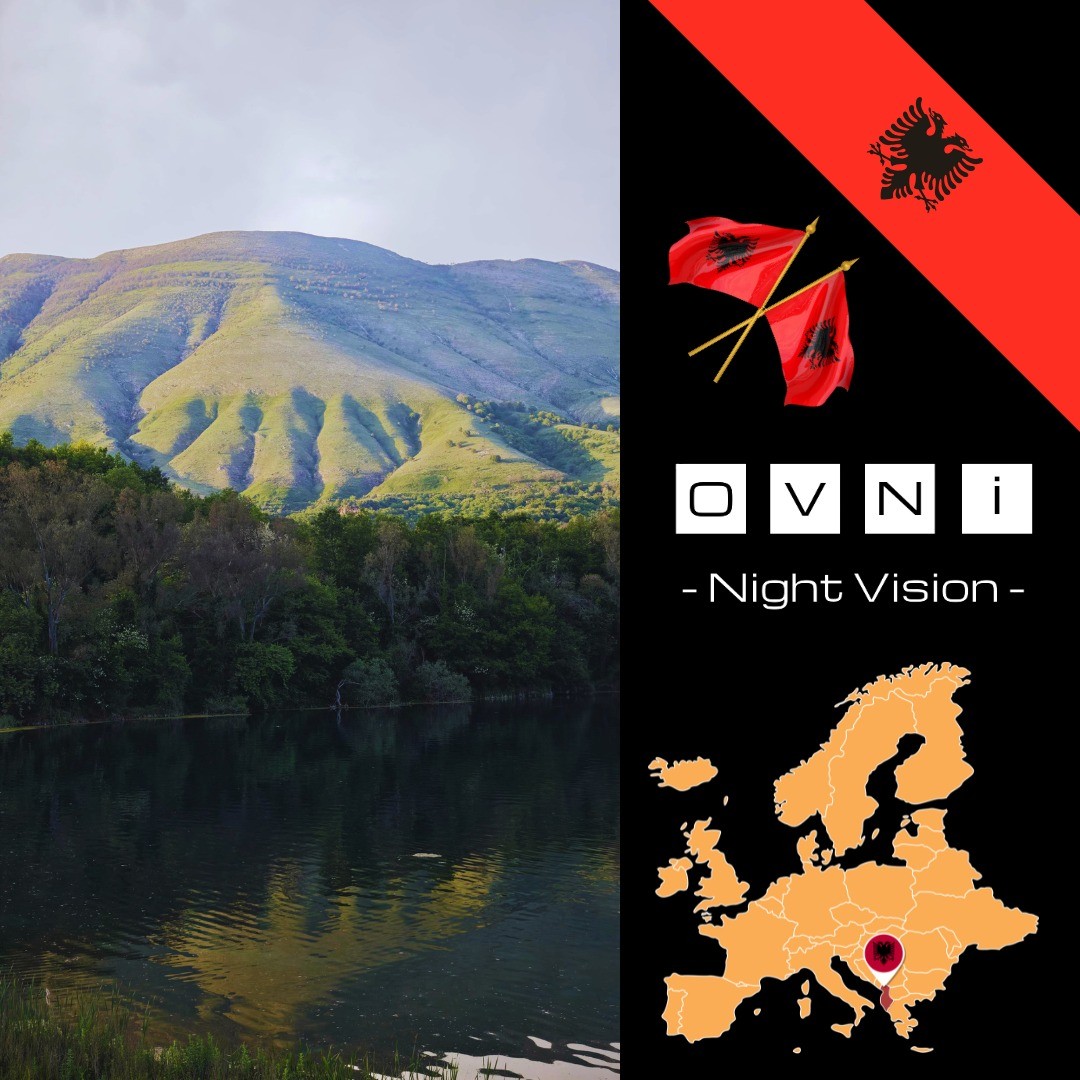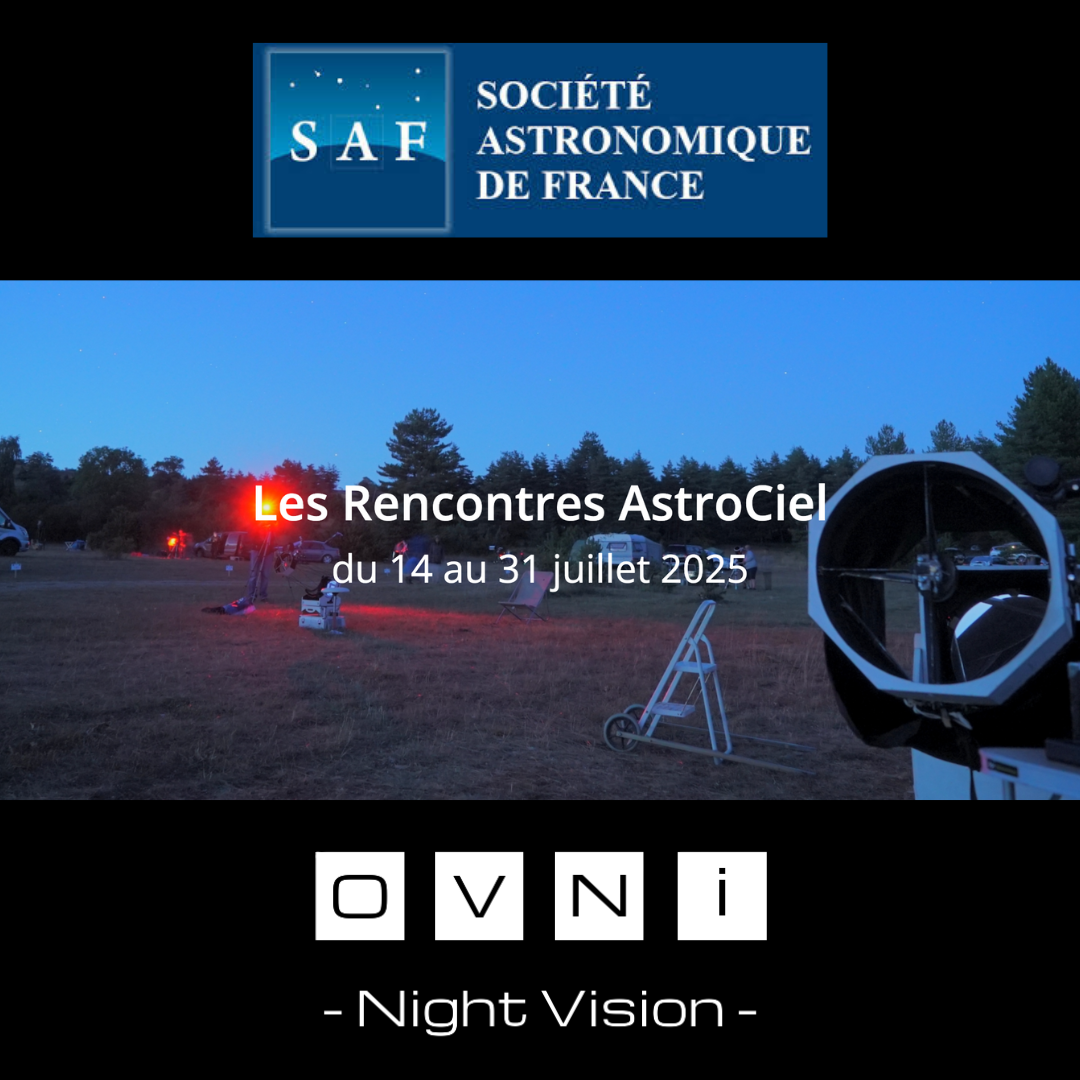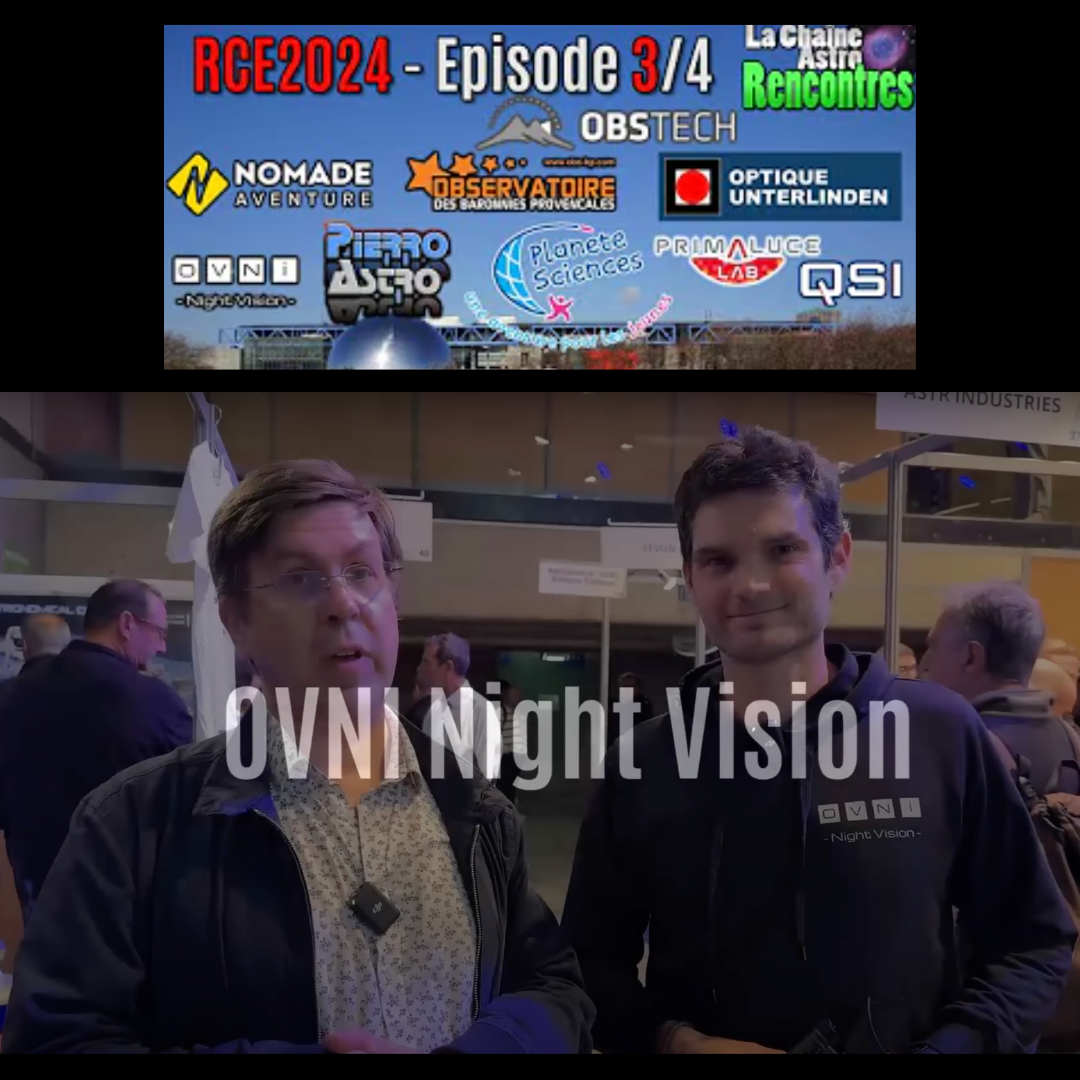Project led by Levi Hammett from the Virginia Commonwealth University’s Arts of Qatar
Scientific Research Amateur and Professional
-
 Scientific collaboration between OVNI Night Vision and xLab (Qatar)Read more
Scientific collaboration between OVNI Night Vision and xLab (Qatar)Read moreProject led by Levi Hammett from the Virginia Commonwealth University’s Arts of Qatar
-
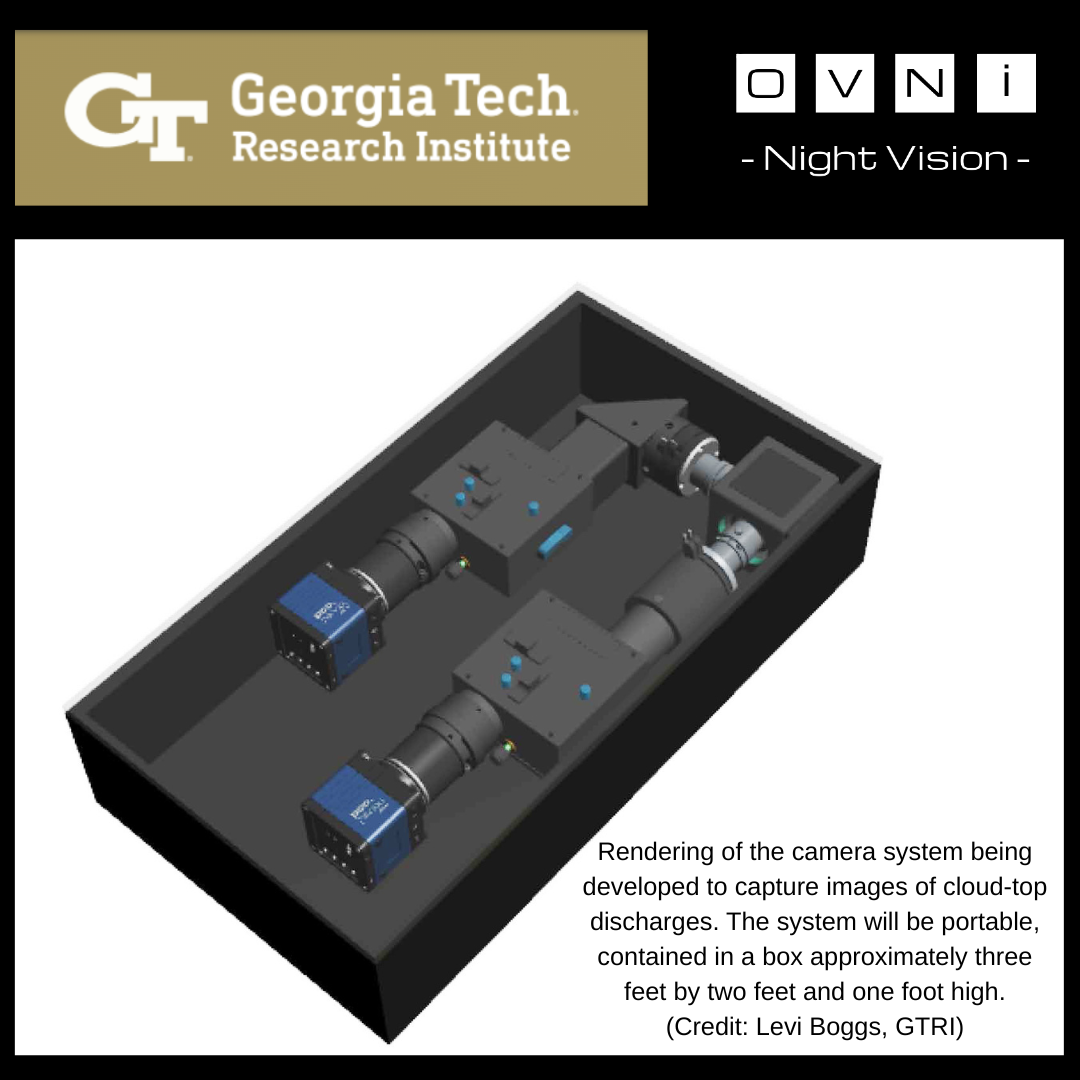 Collaboration with the Georgia Tech Research InstituteRead more
Collaboration with the Georgia Tech Research InstituteRead moreIn the USA, custom image intensifier eyepieces will help scientists to capture high-resolution images and data during thunderstorms.
-
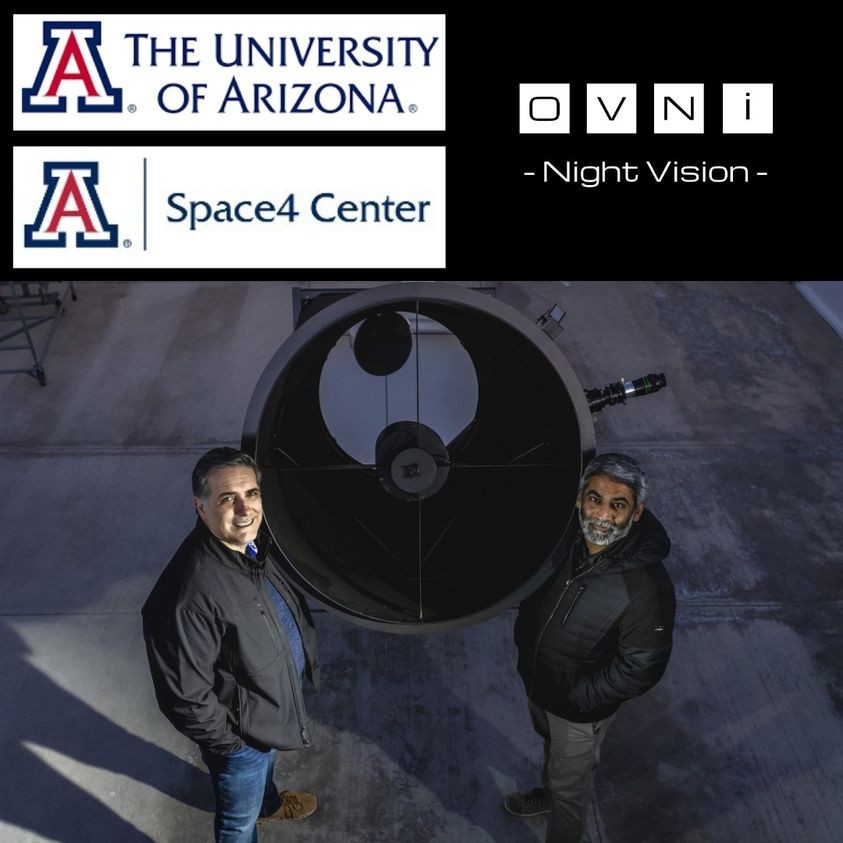 The University of Arizona will use OVNI Night Vision eyepiecesRead more
The University of Arizona will use OVNI Night Vision eyepiecesRead moreIn the USA, the Biosphere 2 Space Domain Awareness Observatory will have OVNI Night Vision eyepieces.
-
 New !!! OVNI-S eyepieceRead more
New !!! OVNI-S eyepieceRead moreOur new state-of-the-art solution for Space Domain Awareness, deep sky surveys, asteroids detection, supernovae discoveries, etc...
-
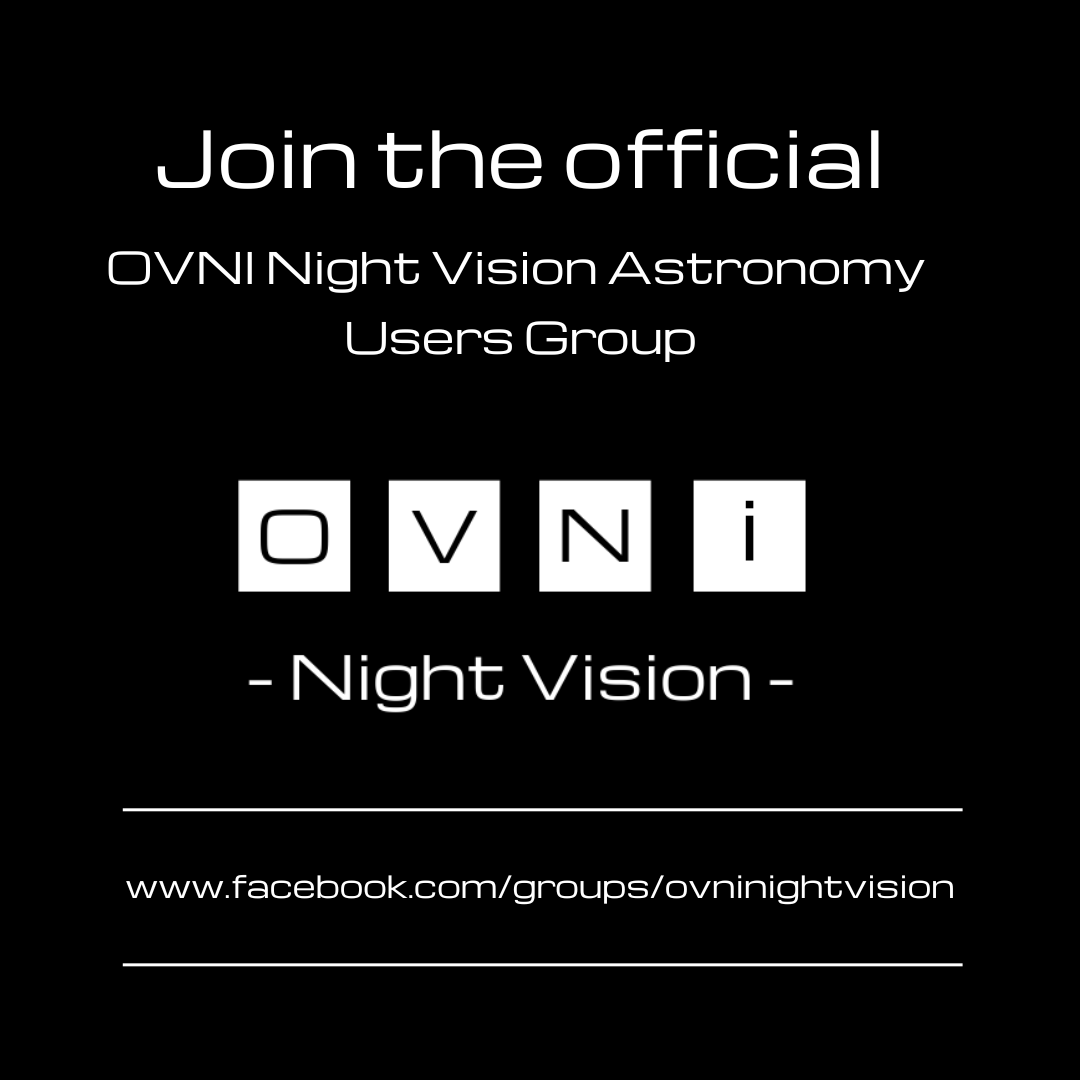 Join the official groupRead more
Join the official groupRead moreGet exclusive tips, pics, users' reviews about the OVNI-M / OVNI-B
-
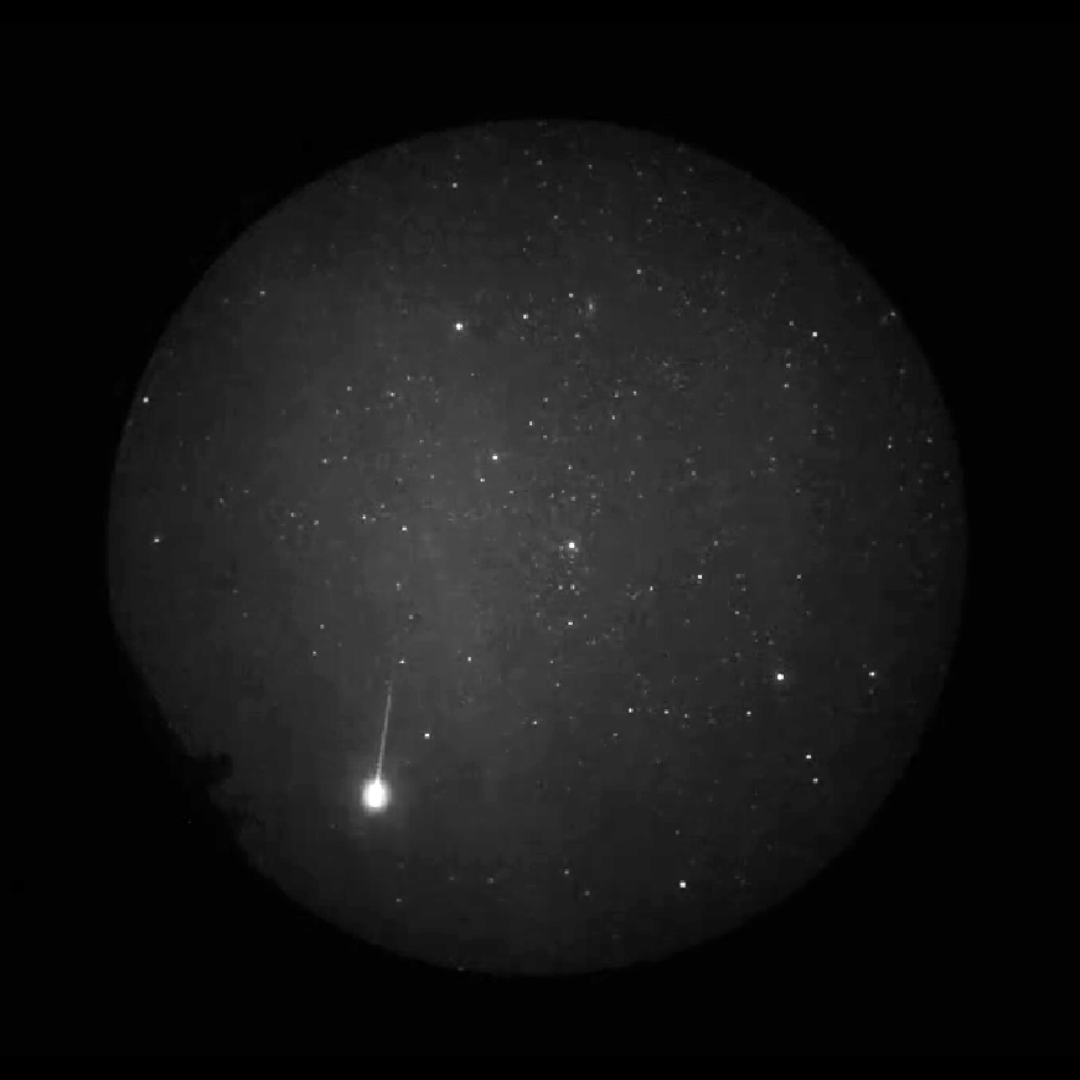 Perseids meteor shower video with OVNI-MRead more
Perseids meteor shower video with OVNI-MRead moreSpectacular observation of shooting stars from Germany with monocular night vision eyepiece
-
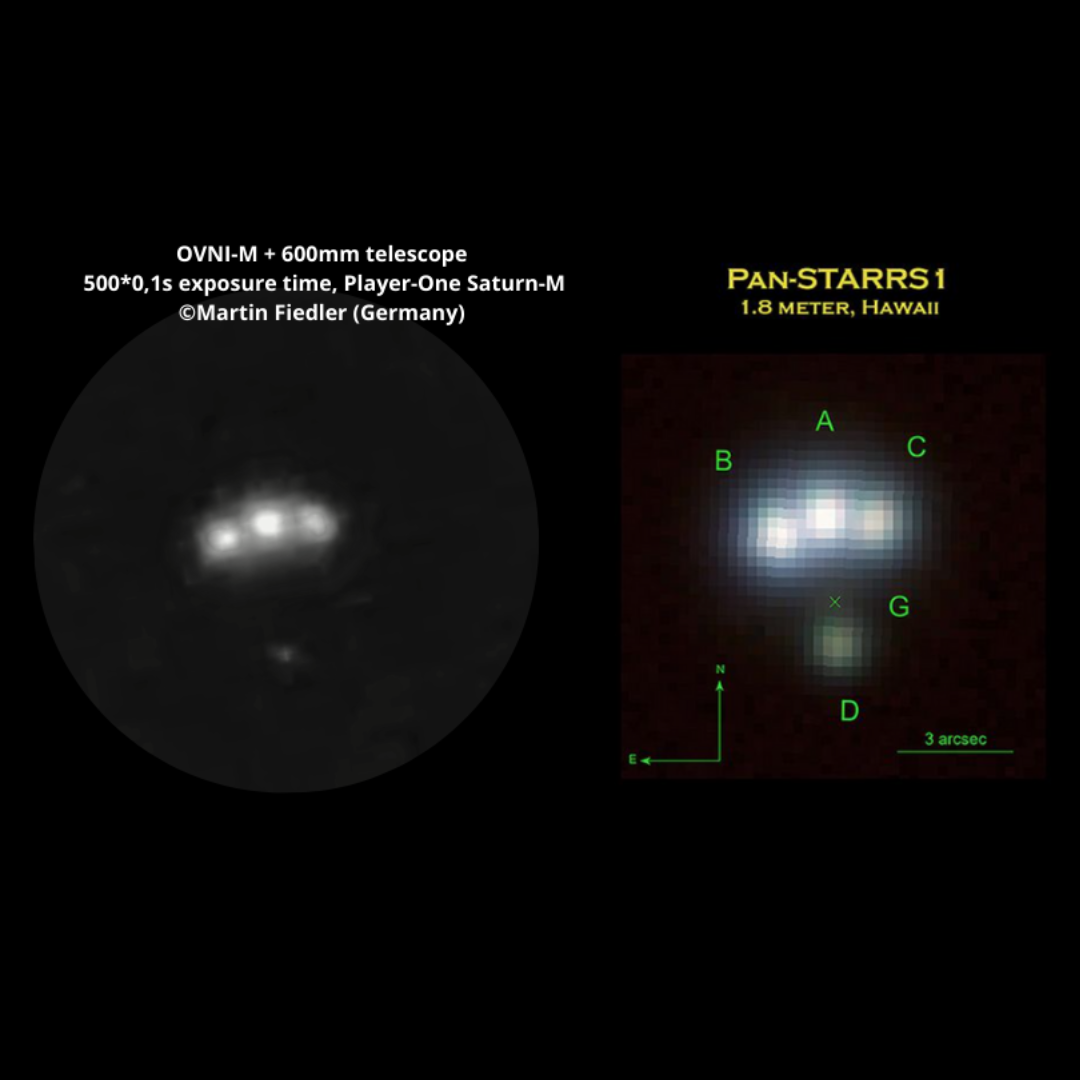 Visual observation and pic of Andromeda's Parachute quasar with OVNI-MRead more
Visual observation and pic of Andromeda's Parachute quasar with OVNI-MRead moreAn OVNI-M to observe and image the 4 components of Andromeda's Parachute quasar.
-
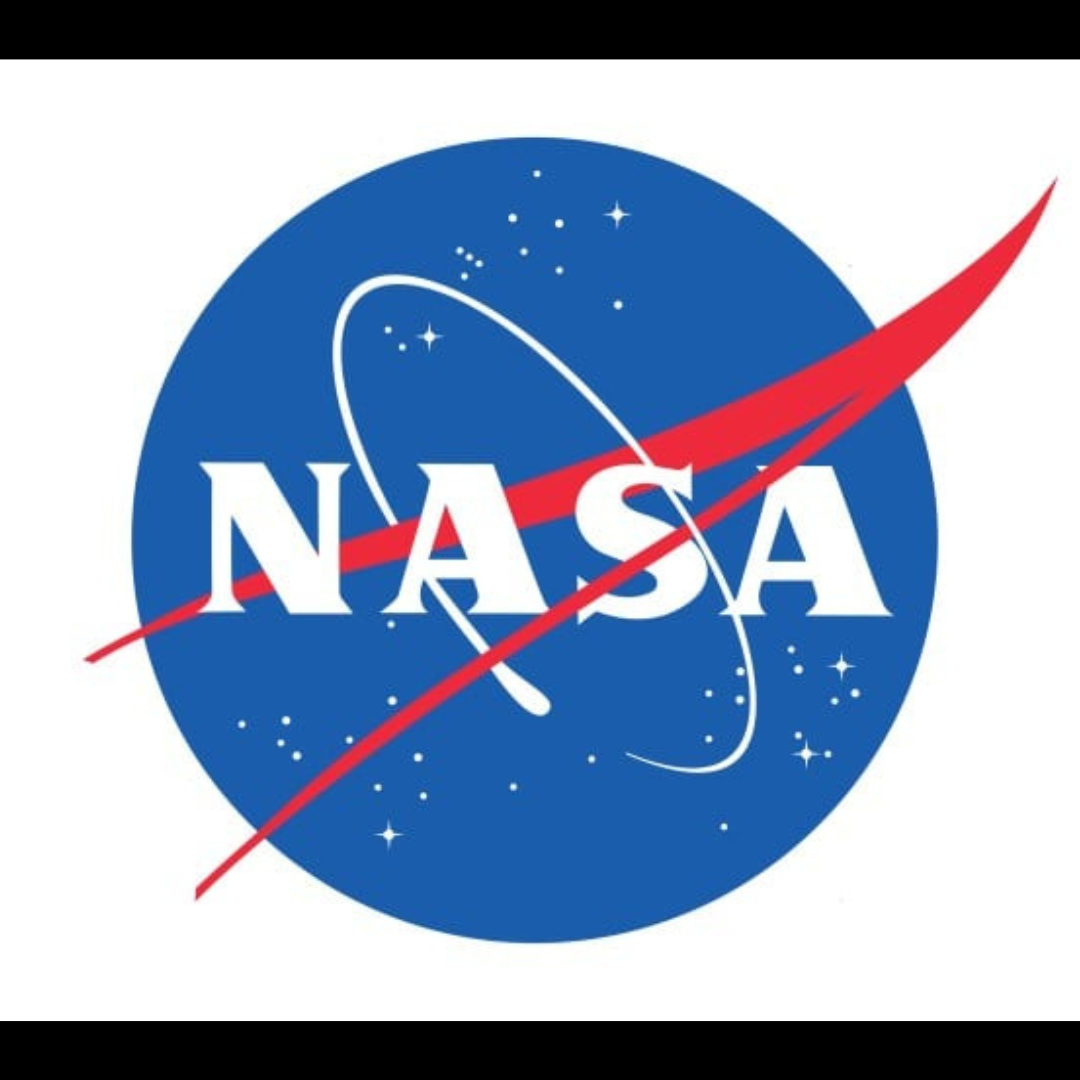 NASA has chosen the Crab Pulsar video made with a OVNI-M to illustrate its APOD site.Read more
NASA has chosen the Crab Pulsar video made with a OVNI-M to illustrate its APOD site.Read moreThis animation was made possible using the OVNI-M, an OVNI Night Vision eyepiece (a QHY174M GPS camera was used to film the observation).
-
 Exceptional video of the Crab pulsar (PSR B0531+21) made possible with a OVNI-MRead more
Exceptional video of the Crab pulsar (PSR B0531+21) made possible with a OVNI-MRead moreMartin Fiedler (Germany) made this incredible video of the Crab pulsar (PSR B0531+21) thanks to his OVNI-M.

